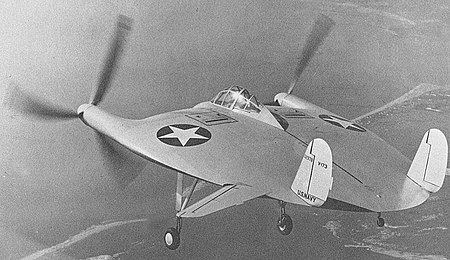By seeing the blades, we know the rotation's directions. The right side is clockwise and the left side is anti-clockwise. Both seen from the pilot/rear side. During the cruise, the rotation's direction will be like the red marked circles. With such rotation, the rotors will have P-factors on the outer side of both rotors. Mean, on the outer side the thrust will be bigger than on the inner side near the fuselage as depicted by the red straight line. The longer line indicating the bigger thrust are generated and the shorter line indicating the smaller thrust. Of course all will be fine if all working well. The problem is, if one rotor/propeller get fail then another rotor will create more moment to the center of the Yaw-axis, compared to if the rotors rotate in the opposite direction. By rotate in the opposite direction, the bigger thrusts will be near the fuselage so it will be easier to be handled as the yaw force will be smaller.
Then my question is, why did they design so? Why didn't the P-factor put on the inner side near the fuselage to reduce moment to the yaw-axis if one rotor fails?





